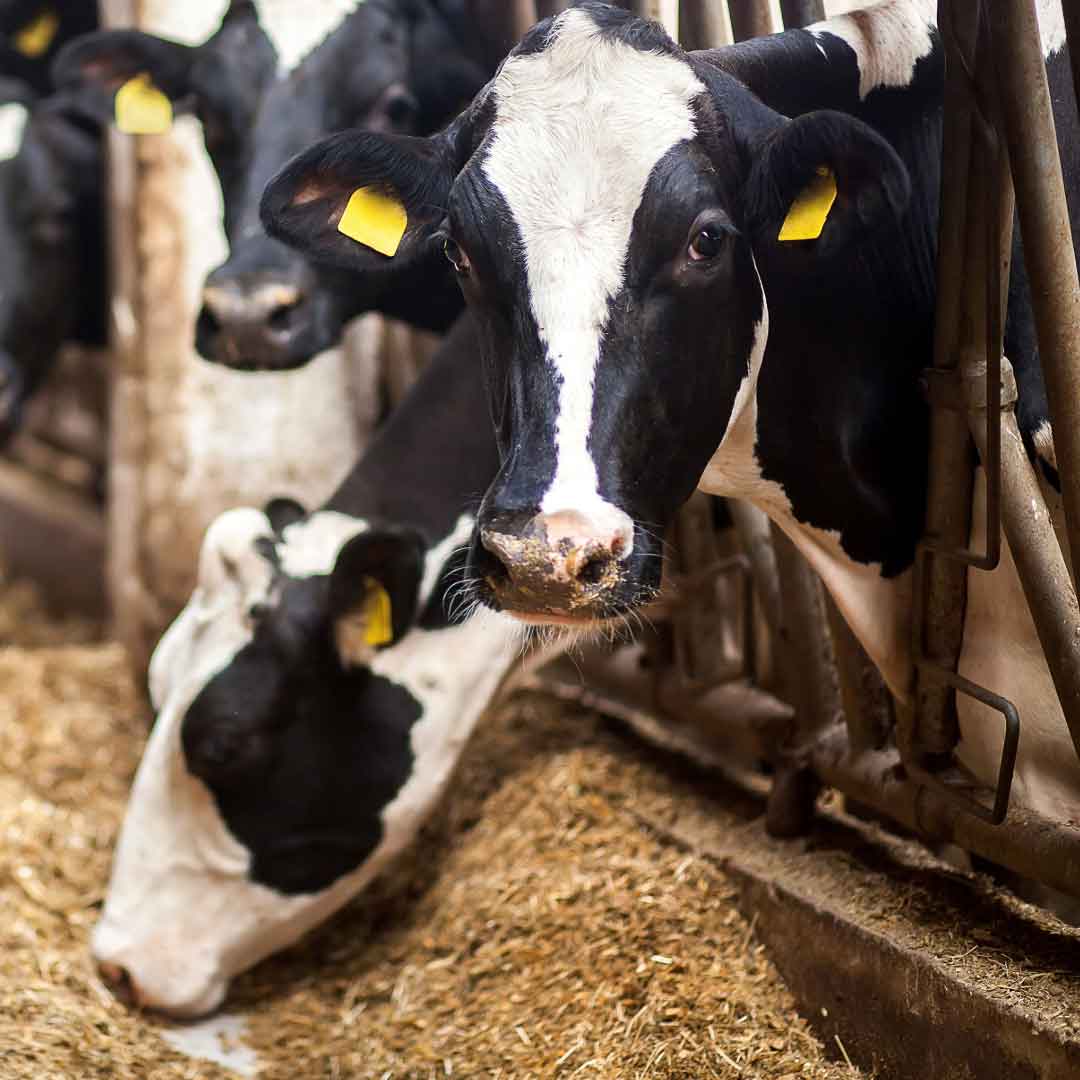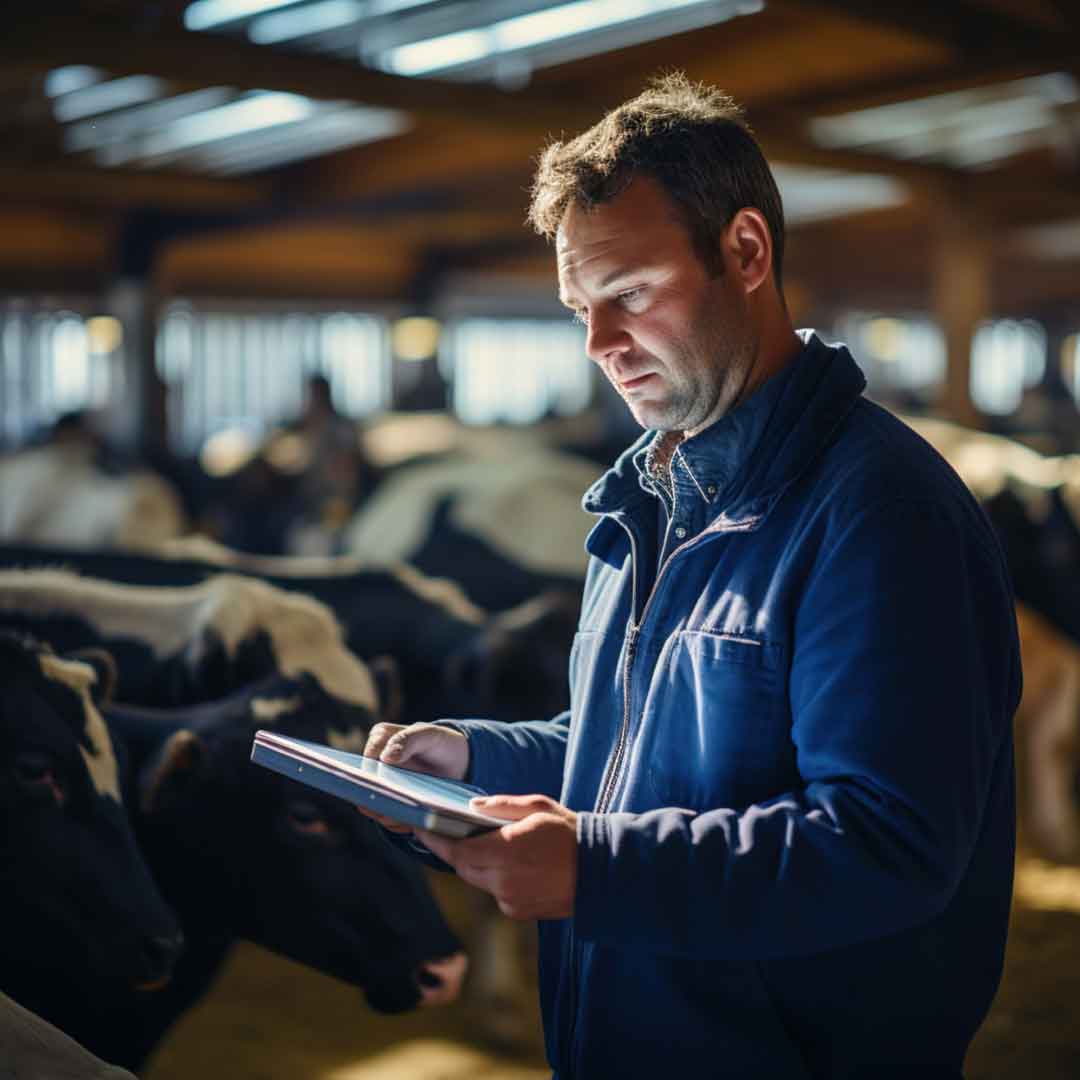What are the different types of fiber and how do they support milk production?
Fiber is a type of carbohydrate and successful inclusion in the diet supports overall cow health and productivity.





Fiber is a type of carbohydrate and successful inclusion in the diet supports overall cow health and productivity.
Improving nutritive value, and therefore energy potential, can maximize the benefits of home-grown forages and reduce reliance on purchased feeds.
By feeding prefresh (21 days from calving) animals a low DCAD diet, dairy producers can help prevent the occurrence of milk fever.
Colostrum is an essential source of nutrients, antibodies, and growth factors that set calves up for a strong start to life. Years of research have consistently shown the most critical management factor for calf health and survival is providing early, adequate volumes of high-quality colostrum.
This article will explain the factors, farm practices associated with them, and key questions to help you investigate and manage milk fat depression in your herd.
Dairy cattle diets are formulated on a dry matter (DM) basis, so it is important to understand what that means. All forages and feeds contain both water and dry matter so, in a simplistic way, the DM fraction refers to the absence of water.
Las dietas del ganado de leche se formulan usando materia seca (MS) y por ello es importante entender que es lo que significa. Todas las pasturas y alimentos contienen agua y materia seca, en una manera muy simple de explicarlo, la materia seca hace referencia a la ausencia de agua.
We can manage some metabolic diseases by managing dry matter intake, nutrient needs, body condition score, and stress during this critical timeframe of the dry cow, transition, and fresh cow periods.
Soybeans are great for livestock feed because they provide a lot of protein and oil. They need to be processed correctly to avoid digestion issues and maximize benefits.
In this video, Matheus Pupo, a passionate PhD student at UW-Madison, dives into innovative nutritional strategies to cut down methane emissions in lactating cows. Chuck Nicholson, an agricultural economist from UW-Madison, breaks down the financial impact of feeding 3-NOP on income over feed costs in the U.S.
Much research is taking place on how heifer grazing can fit into the modern dairy farm. Virtual fencing is also becoming more popular. This presentation will cover what you need to know to incorporate virtual fencing into an operation.
Badger Dairy Insight: August 20, 2024